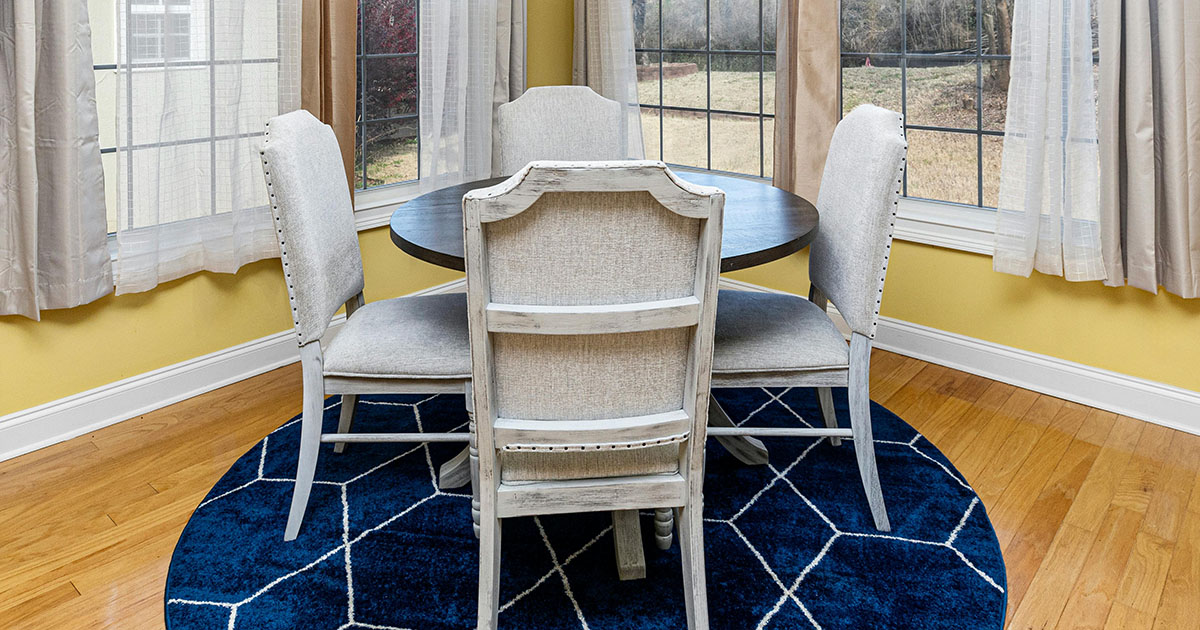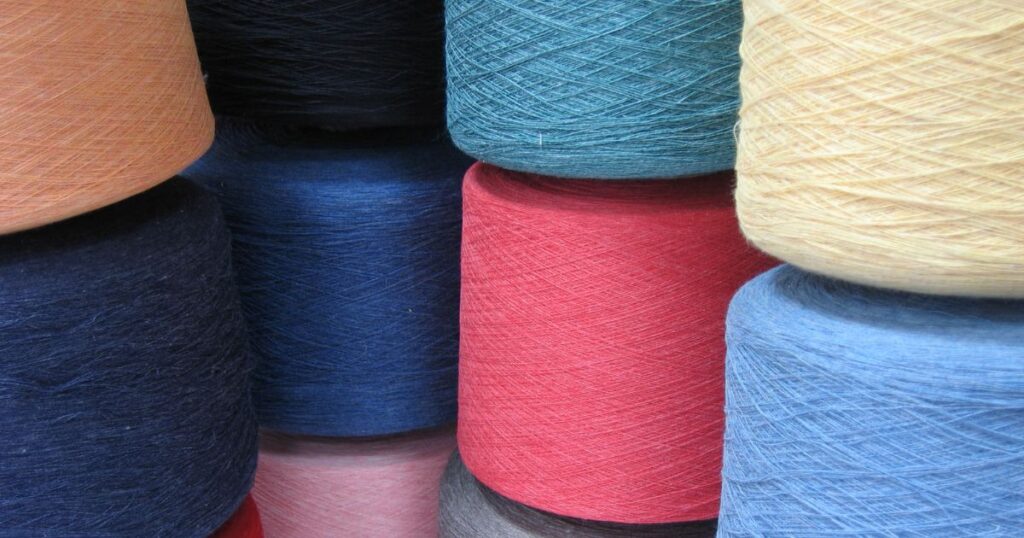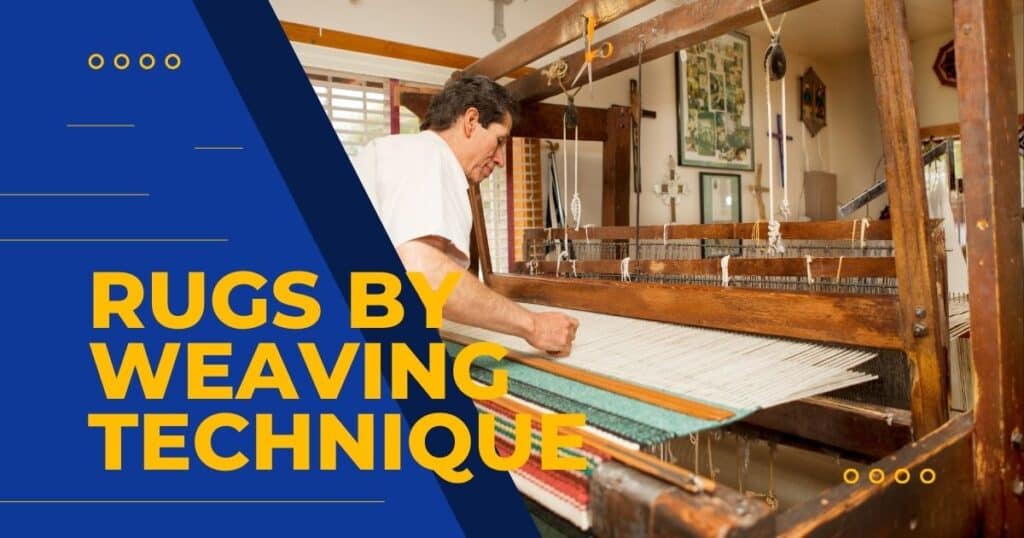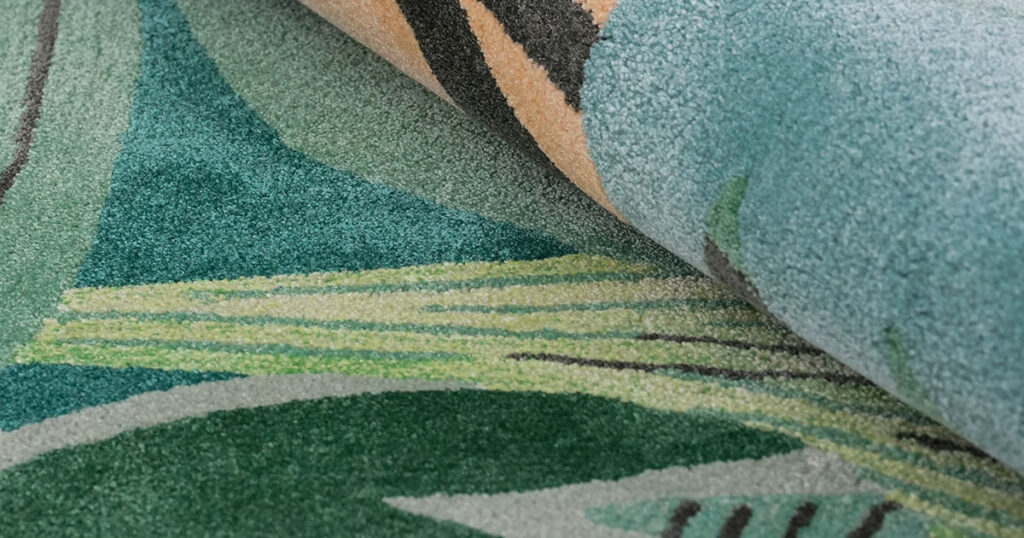Round rugs can transform a space, adding softness to angular rooms and creating visual interest where rectangular rugs might feel expected.
Whether you’re outfitting a commercial lobby or selecting the perfect accent for your living room, understanding how to choose the right round rug will ensure your investment enhances your space beautifully.
This comprehensive guide will walk you through everything you need to know about selecting the ideal round rug for any setting.
Why Choose a Round Rug?
Round rugs offer unique advantages that their rectangular counterparts simply can’t match:
- Create a natural focal point, drawing the eye to the center of a space
- Soften rooms dominated by straight lines and right angles
- Perfect for defining zones in open floor plans without hard boundaries
- Complement round furniture pieces like dining tables and coffee tables
- Make small spaces appear larger by breaking up rigid geometry
Sizing & Placement Strategies
Selecting the correct size is crucial for a round rug to look proportional and intentional in your space.
Measuring for the Perfect Fit
Round rugs are sold by diameter (commonly 4 ft, 6 ft, 8 ft, 10 ft). To determine the right size:
- Map out the intended area on your floor
- Measure from the center point to the desired outer edge
- Double that measurement to find your ideal diameter
- Ensure you leave about 6 inches of exposed floor around the rug’s perimeter
Placement Guidelines for Different Spaces
For Dining Areas
The rug should extend at least 24 inches beyond the table’s edge all around, ensuring chairs remain on the rug even when pulled out.
For a round table, choose a rug that’s approximately 4 feet larger in diameter than the table.
For Living Rooms and Seating Areas
Ideally, all main seating pieces should have at least their front legs on the rug to unify the conversation area.
A generously sized rug will make the space feel cohesive, while one that’s too small may make it feel disjointed.
For Commercial Spaces
In lobbies, reception areas, or retail environments, round rugs can effectively define functional zones. Ensure the rug is substantial enough for the grouping of furniture in that zone, with all pieces in the functional area touching or sitting on the rug.
For Bedrooms
A round rug can be placed beside the bed or partially under it. If partially under, ensure it extends far enough to be noticeable—at least a couple of feet beyond the bed corners.
Furniture Layout & Coordination
The relationship between your round rug and furniture arrangement is key to creating a cohesive look.
Highlighting Focal Points
Use your round rug to emphasize a focal point in the room. In an entryway, center a round rug beneath a chandelier or round center table. In a living room, place it under a round coffee table or ottoman to create a symmetrical, intimate seating area.
Complementing Curved Architecture
If your space features curved architectural details—such as bay windows, rounded staircases, or arched doorways—a round rug can echo these shapes and reinforce the design theme. By mirroring existing curves, the rug ties the room together visually.
Softening Angular Spaces
In predominantly rectangular rooms filled with straight-lined furniture, a round rug provides refreshing contrast. It breaks up visual monotony and prevents a “boxed-in” feeling that a rectangular rug might accentuate.
Defining Zones
In open-plan spaces, round rugs excel at defining separate functional areas without erecting walls.
The strong visual identity of a round rug naturally carves out a distinct zone, whether it’s a seating area in a studio apartment or a waiting area in a hotel lobby.
Pattern & Color Selection
Because a round rug already stands out by shape, its pattern and color can either make it a statement piece or help it blend harmoniously with other elements.
Scale of Pattern
The size of the motif should relate to the rug’s size and the room’s scale. Large, bold patterns can make a dramatic statement on a big round rug but might look cut off on a smaller one. Balance is key—too many loud patterns can clash, but a well-chosen rug pattern can pull a look together by echoing shapes or colors from other decor.
Color Coordination
One effective strategy is to match one of the rug’s colors to other elements in the room. If your round rug has accents of blue and gold, repeat those colors in throw pillows, artwork, or curtains to create a cohesive palette.
Alternatively, the rug can serve as an eye-catching contrast. In a monochromatic or minimal space, a round rug with a vibrant color or bold pattern becomes a focal art piece on the floor.
Creating Atmosphere
Colors significantly impact mood:
- Neutral or pastel colors (cream, gray, soft blue) create a calm, open feeling
- Bold colors (deep red, navy, emerald) energize a space and add warmth
- Dark tones can add sophistication and ground a bright room
- Light colors can make small spaces feel larger
Commercial vs. Residential Considerations
While many principles apply to both settings, there are important differences in priorities between commercial and residential applications.
Commercial Priorities
Durability and Traffic
Commercial spaces experience heavier foot traffic, often from people wearing shoes and sometimes rolling luggage or carts. Opt for low-pile, dense rugs made of ultra-durable materials like solution-dyed nylon or commercial-grade wool blends.
Safety
Commercial rugs must lie very flat, often with non-slip backing or attached pad. Round rugs have an advantage here—without corners, there are fewer tripping hazards. Consider fire code compliance as well.
Branding and Ambiance
In commercial settings, rugs often support brand identity. Consider how the rug contributes to the overall experience customers or clients have in your space. A hotel lobby rug might incorporate the hotel’s signature colors, while a spa might choose calming patterns.
Maintenance
Commercial rugs will be cleaned frequently (vacuumed daily, deep cleaned regularly) and must hide dirt well. Patterned or darker round rugs might be preferred to conceal occasional spills until cleaning.
Residential Priorities
Comfort and Aesthetics
Home selection leans toward personal comfort and visual appeal. You can consider higher pile heights, softer materials, and designs that reflect your personal style.
Lifestyle Considerations
Think about who uses the space—children, pets, entertaining guests—and choose materials and designs accordingly. A formal living room might warrant a luxury wool rug, while a family room might need something more durable.
Integration with Decor
Residential rugs often serve as a foundation for the room’s color palette, connecting different elements of your decor. Consider how the rug works with existing furniture, wall colors, and accessories.
Regional Design Trends
Preferences for round rugs vary across different regions, reflecting cultural aesthetics and lifestyle differences.
North American Trends
Casual and bohemian styles featuring natural fibers like jute and cotton
Mid-century and modern influences with geometric patterns
Eclectic mixing of global patterns (Persian, Moroccan, tribal designs)
Mix of neutral bases with bold accent colors
European Trends
Modern minimalism and Scandinavian influence featuring clean designs and natural materials
Classic and historical patterns with traditional medallions and borders
High-quality craftsmanship and sustainable materials
Avant-garde designs and unique shapes in contemporary settings
Middle Eastern Trends
Traditional motifs and luxury materials (hand-knotted silk or wool)
Intricate patterns with central medallions and floral borders
Bold colors (emerald, sapphire, rich purple) and neutrals inspired by desert tones
Blend of traditional craftsmanship with modern design elements
Practical Buying Tips
Before finalizing your round rug purchase, consider these practical tips:
- Request a sample when possible to test the color and texture in your space
- Consider a rug pad to prevent slipping and add cushioning
- Check cleaning requirements and ensure they align with your maintenance plan
- Plan for future wear patterns by rotating the rug periodically
- Allow for slight size variations between manufacturers’ stated dimensions
Making Your Final Decision
When choosing between several options, ask yourself:
- Does this rug fulfill its intended purpose (defining space, adding comfort, etc.)?
- Will it withstand the traffic and use in this location?
- Does it complement the other elements in the room?
- Does the size properly fit the space and furniture arrangement?
- Is the style timeless enough to enjoy for years to come?
Ready to Find Your Perfect Round Rug?
Contact our team of expert consultants to discuss your specific needs for custom tufted round rugs.
We specialize in creating bespoke rugs for both commercial and residential spaces, with unlimited size flexibility and a risk-free sampling process.
Let us help you find the perfect round rug solution that meets your unique requirements.




